Product Design (UX/UI),
UX Research.
Bolt's current dynamic pricing can be unpredictable for
users.
This is redesign of the pricing model to ensure
fairness and transparency.

My Role
Platforms
Mobile App
Tool
Figma, Maze.
Time
2022
Overview
Bolt, an Estonian mobility company headquartered in
Tallinn, provides ride-hailing, micro-mobility rentals,
food and grocery delivery, and car-sharing services
across over 500 cities in more than 45 countries
worldwide.
However, users often face unpredictable pricing,
with ride costs changing after reaching the bus
stop, leading to frustration and unexpected
charges.
In this case study, I’ll walk you through how I addressed this issue and proposed a solution
In this case study, I’ll walk you through how I addressed this issue and proposed a solution
What is the problem?
Bolt, an Estonian mobility company headquartered in
Tallinn, provides ride-hailing, micro-mobility
rentals, food and grocery delivery, and car-sharing
services across over 500 cities in more than 45
countries worldwide.
However, users often face unpredictable
pricing, with ride costs changing after reaching
the bus stop, leading to frustration and
unexpected charges.
In this case study, I’ll walk you through how I addressed this issue and proposed a solution
In this case study, I’ll walk you through how I addressed this issue and proposed a solution
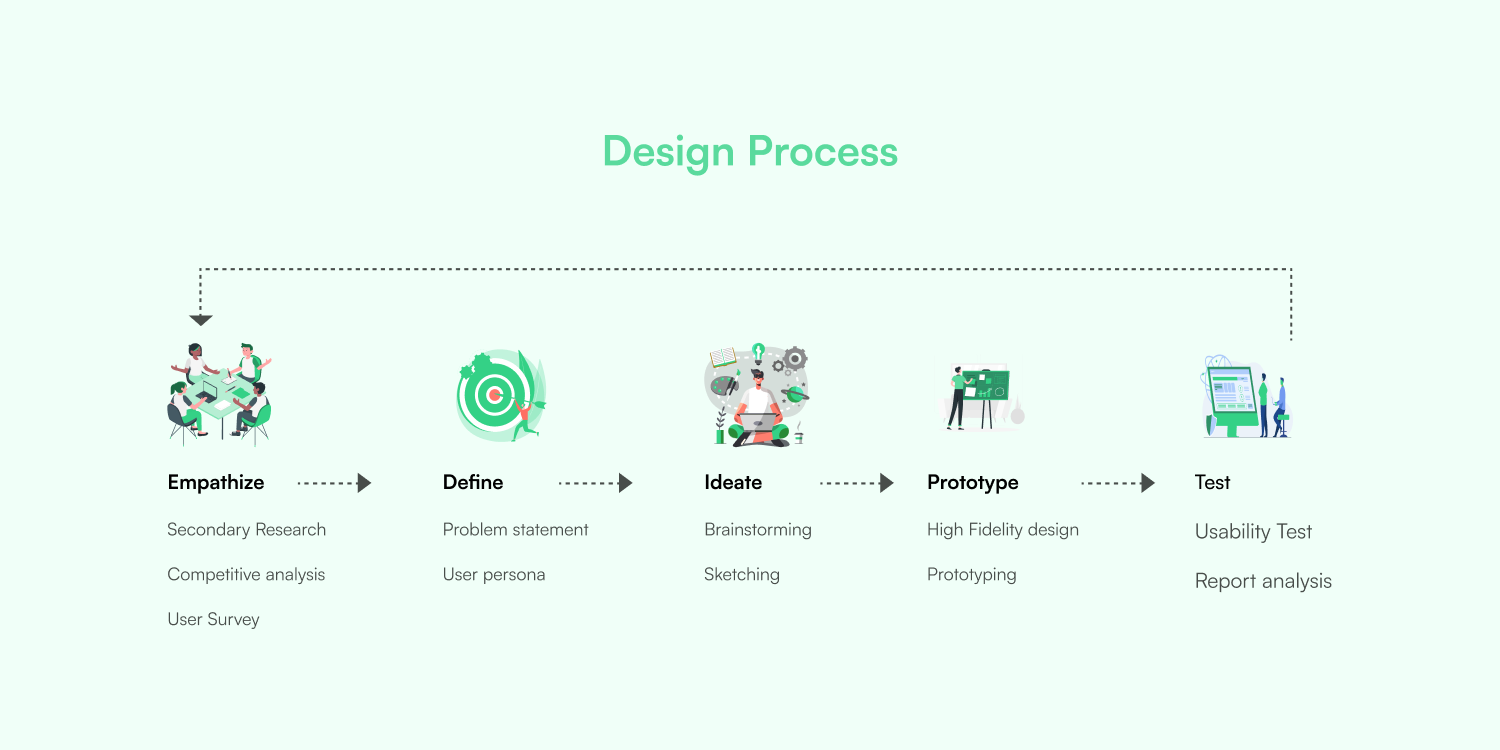
Design Process
How Did I Empathize with Users?
Research Objectives
- Evaluate users' overall experience with the Bolt app and its services.
- Assess users' perceptions and concerns regarding ride pricing.
- Identify key pain points in the user journey and propose targeted solutions to address them.
Google Play Store Reviews
Based on user reviews from the Google Play Store,
few users reported positive experiences with the
app. Many highlighted issues, particularly with
price fluctuations upon reaching their destination
during surge pricing or peak times, which led to
frustration and numerous complaints. Users also
expressed dissatisfaction with driver services,
indicating a need for better driver orientation
before accepting rides. Despite the presence of a
star rating system, it does not effectively
influence the drivers suggested to users.

Google Play Store Reviews
Competitive Analysis
I downloaded both the Bolt and Uber apps to assess
their user experience and overall functionality.
However, I was unable to download the Lyft app, as
it is unavailable in Nigeria. As a result, my
research on Lyft was based on secondary sources,
including websites and user reviews.
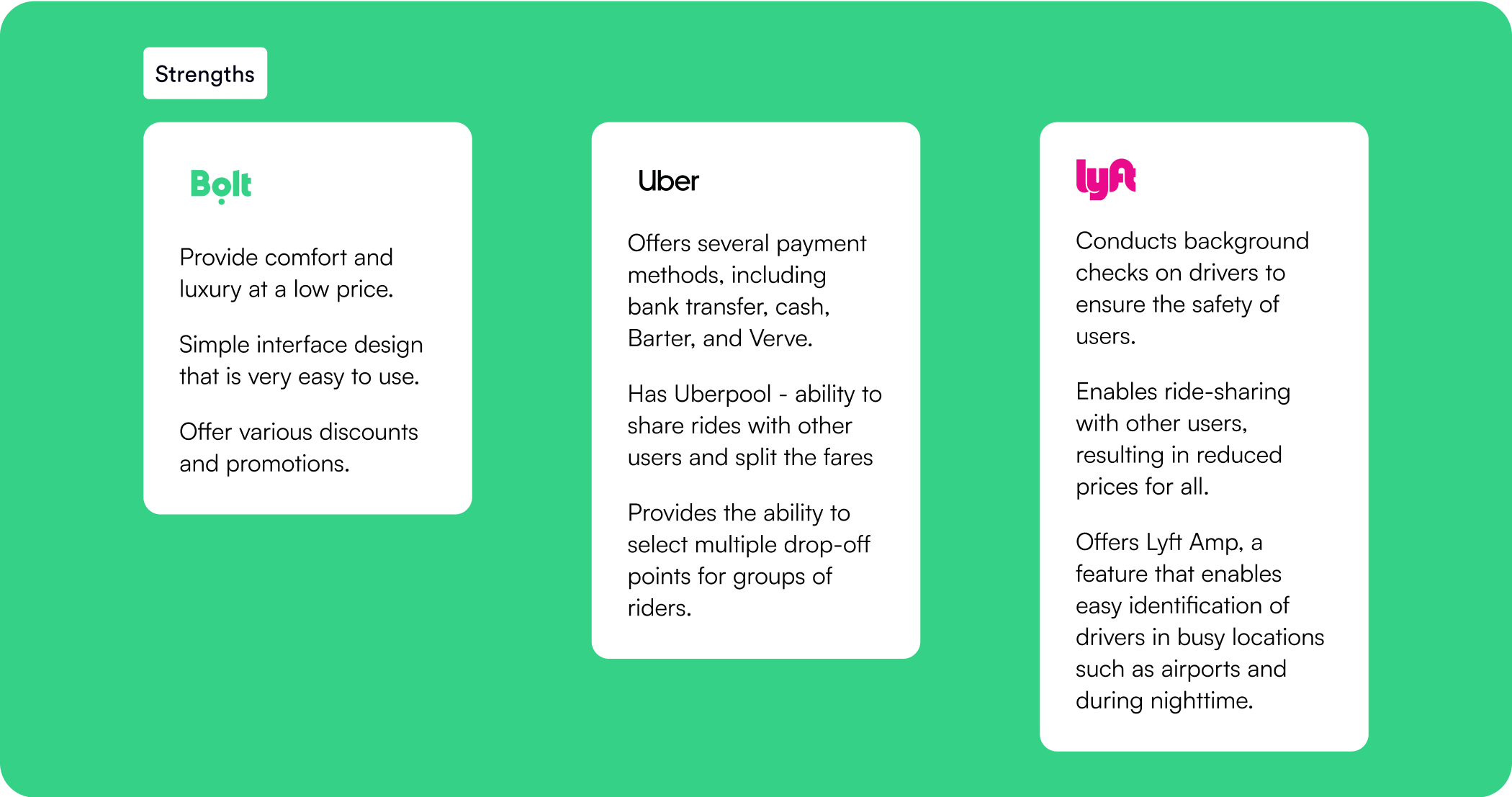
Strengths
Competitors in the ride-hailing industry have
distinct goals reflected in their features.
Bolt focuses on affordability, catering to a
wide range of income levels, while aiming to
increase its market share in Europe.
Uber focuses on affordability through ride-sharing, cutting costs and reducing carbon footprints by optimizing vehicle use. It promotes sustainability by offering multiple drop-off options.
Lyft pioneered ride-sharing to save money and reduce emissions. Its thorough driver background checks prioritize passenger safety, going beyond just star ratings.
Uber focuses on affordability through ride-sharing, cutting costs and reducing carbon footprints by optimizing vehicle use. It promotes sustainability by offering multiple drop-off options.
Lyft pioneered ride-sharing to save money and reduce emissions. Its thorough driver background checks prioritize passenger safety, going beyond just star ratings.

Weaknesses
All of them employ similar business models that
incorporate dynamic pricing, adjusting based on
factors such as weather, traffic, and time to
maximize profits. However, the timing of price
disclosure varies: Uber and Lyft reveal prices
before the ride, while Bolt discloses prices after
reaching the destination.
User Survey
To gain insights into users' frustrations and pain
points regarding price changes and the driving
experience, a survey was conducted.
The survey gathered responses from 23
participants and included relevant questions to
validate the issues identified in the secondary
research.

Relevant Survey Response
“I was charged a particular fee prior to the ride
but at the end of the ride, I was charged higher” -
Participant
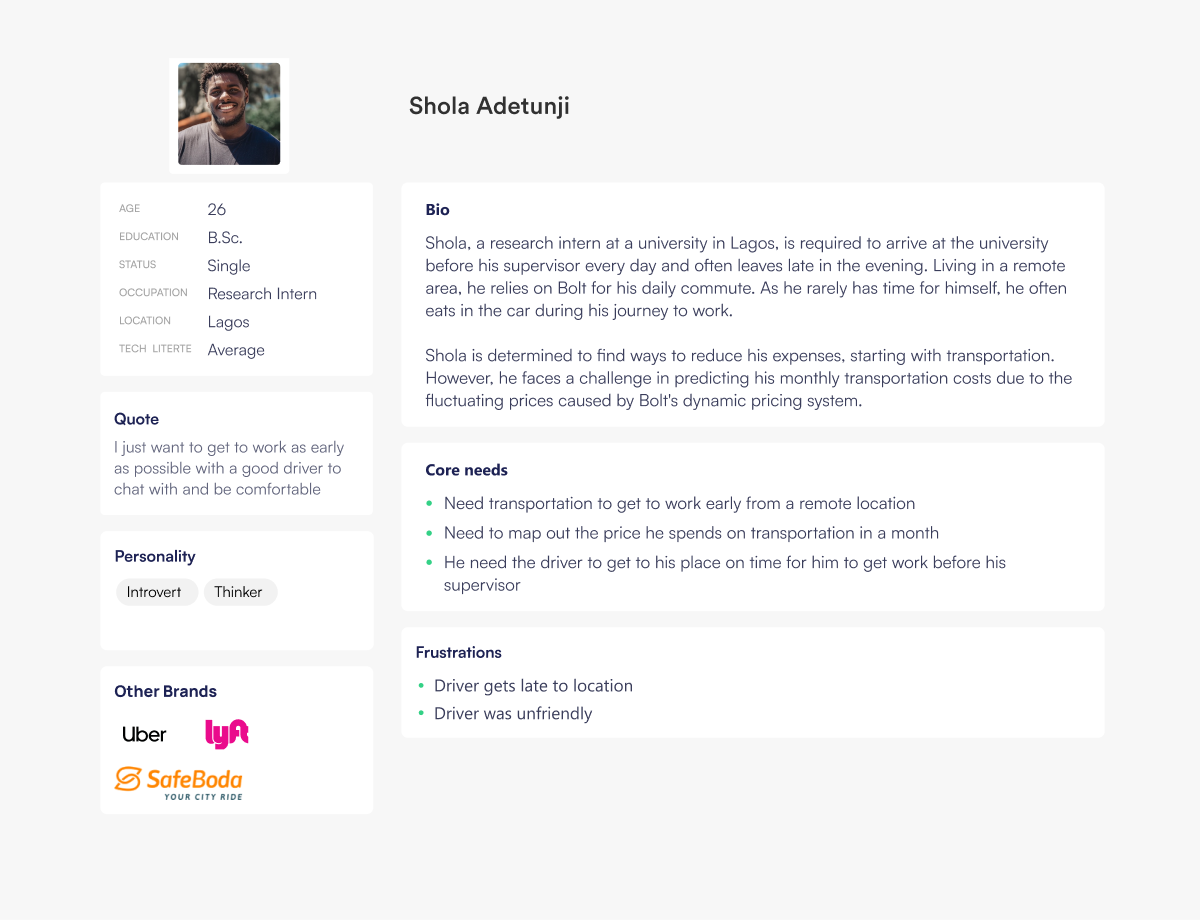
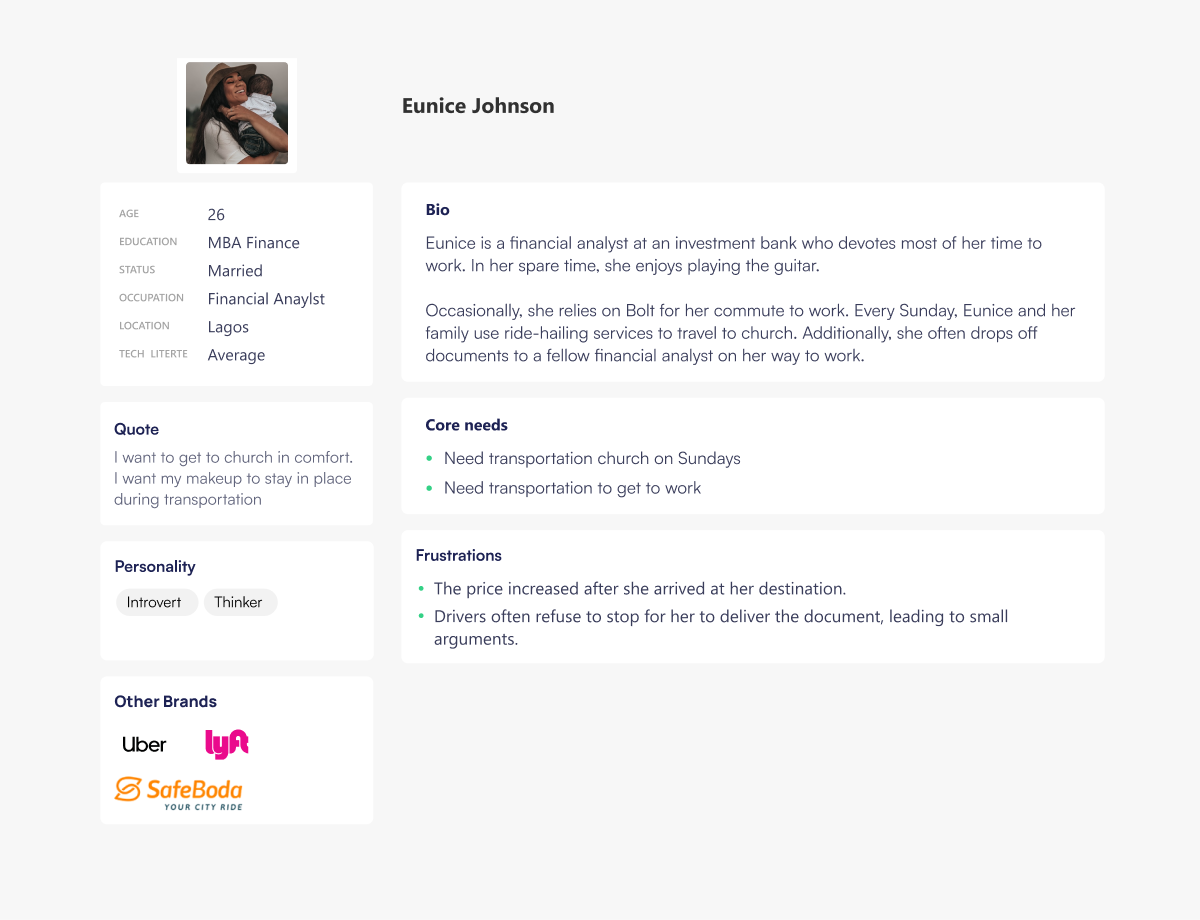
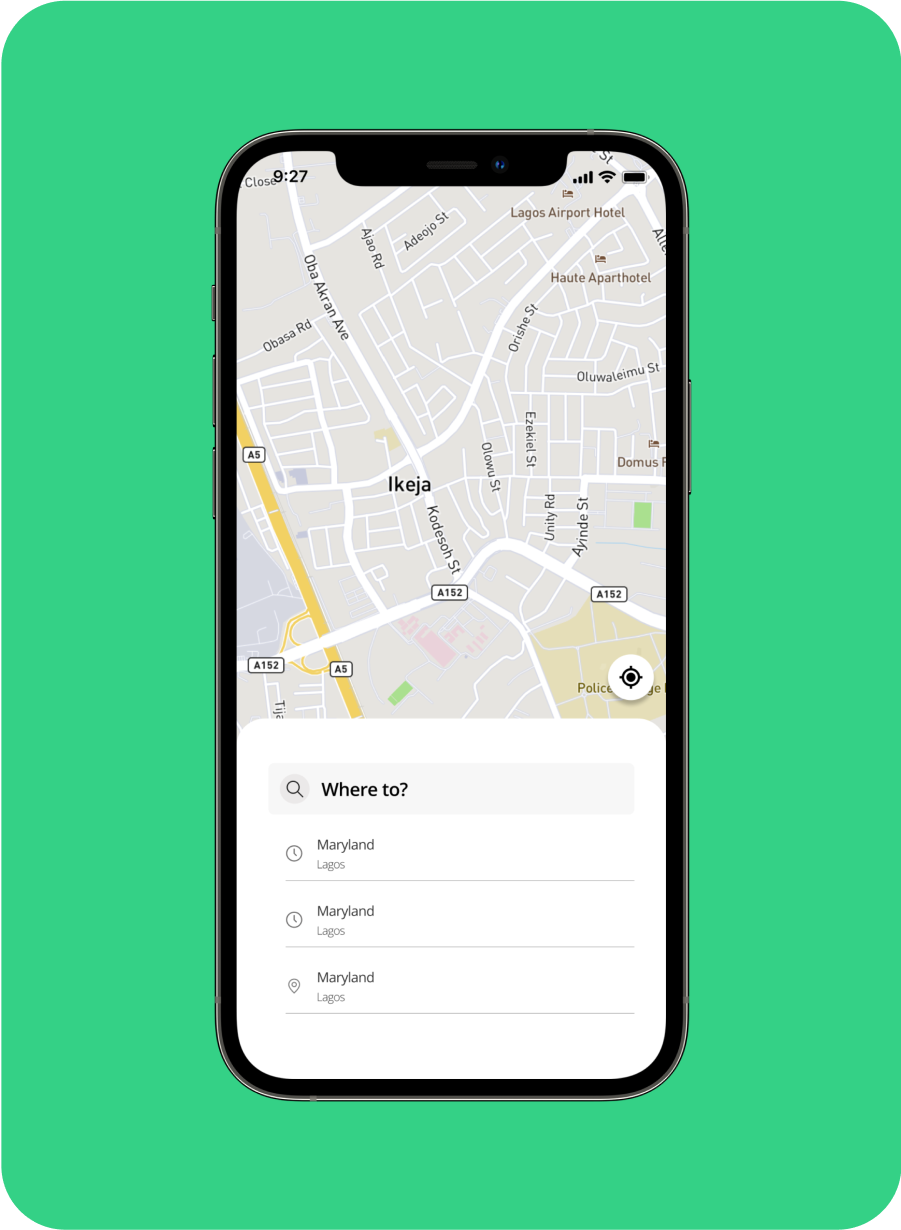
Pricing
Bolt and other mobility services employ Dynamic
or Surge pricing, adjusting prices based on
factors like traffic, weather, time, and demand.
This strategy optimizes pricing for maximum
profit and is used across various industries,
including transportation, event ticketing, and
hospitality.
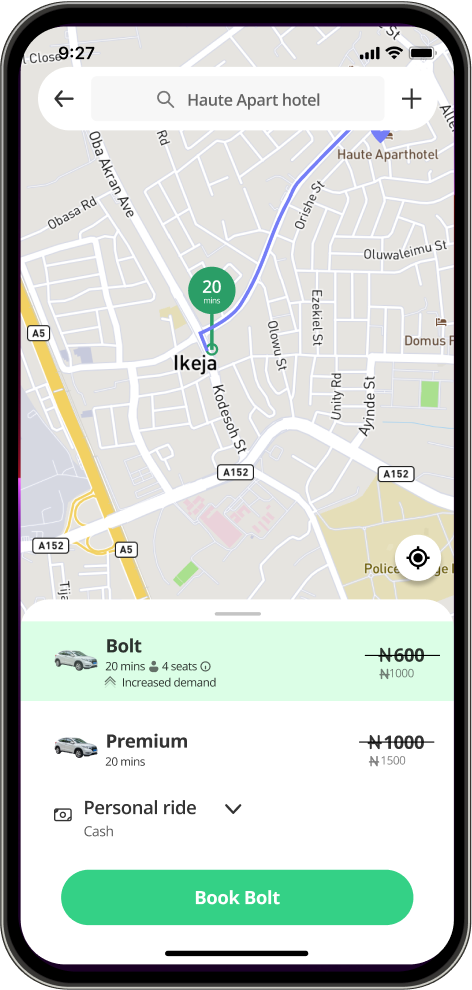
Should Dynamic pricing be removed from bolt?
Dynamic or surge pricing ensures fair pricing by
adjusting rates based on unpredictable factors
like traffic and demand. Removing it without
accurate prediction systems would disadvantage
both the company and drivers.
These variables are unpredictable, and dynamic pricing prevents losses and overpricing. Continuing to use dynamic pricing is crucial as AI prediction systems may not always be entirely accurate.
These variables are unpredictable, and dynamic pricing prevents losses and overpricing. Continuing to use dynamic pricing is crucial as AI prediction systems may not always be entirely accurate.
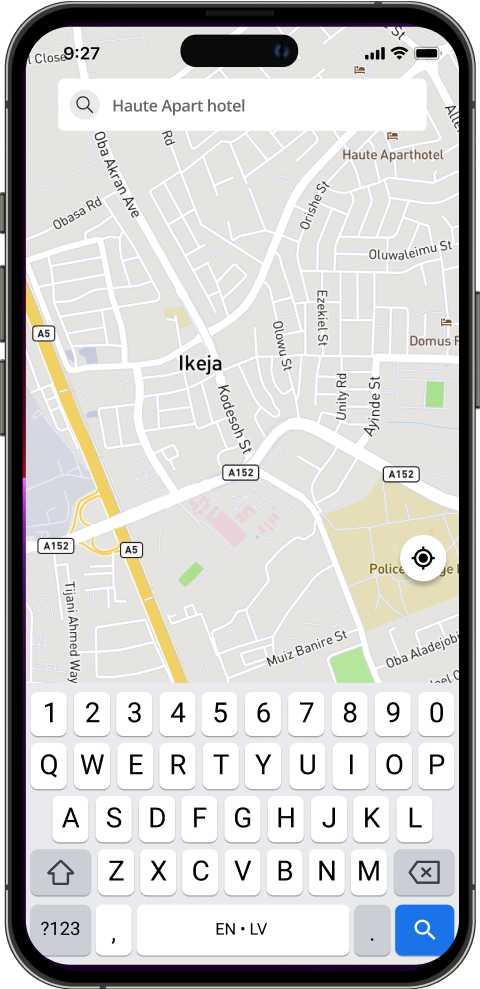
If dynamic pricing should stay, what then is the problem?
The research shows that Bolt's practice of
informing customers about price changes after
the ride can lead to feelings of deception.
Customers value consistency, and discovering
price changes post-ride worsens their
experience.
Uber addresses this with upfront pricing, enhancing transparency. However, it can lead to losses if variables change during the ride, affecting costs.
Uber addresses this with upfront pricing, enhancing transparency. However, it can lead to losses if variables change during the ride, affecting costs.

Information
During the ride, riders are notified of surge
pricing, promoting transparency and
understanding of price changes. This eliminates
surprises, allowing riders to add funds if
necessary to cover the adjusted fare.

Customers are informed of price increases and
given the choice to continue with the ride or
cancel if they find the new price unfavorable.
This promotes preparedness and autonomy,
ensuring customers are aware of the increased
price and can make informed decisions without
feeling deceived.
They won't feel deceived or cheated because they have willingly accepted the increased price before proceeding with the ride.
They won't feel deceived or cheated because they have willingly accepted the increased price before proceeding with the ride.

2. Driving Experience
Bolt automatically assigns the nearest available
driver without giving users the option to choose
based on ratings and location. While users can
rate drivers, these ratings only influence
whether the driver remains on the platform.
Allowing users to choose their driver based on ratings and location would give them control and prevent pairing with drivers they've had negative experiences with.
Allowing users to choose their driver based on ratings and location would give them control and prevent pairing with drivers they've had negative experiences with.
Usability Test
Maze.co was used for conducting usability testing,
where users were asked to provide feedback on the
overall impression of the screens and suggest
improvements.
Additionally, they were instructed to
perform basic operations associated with requesting
a ride.
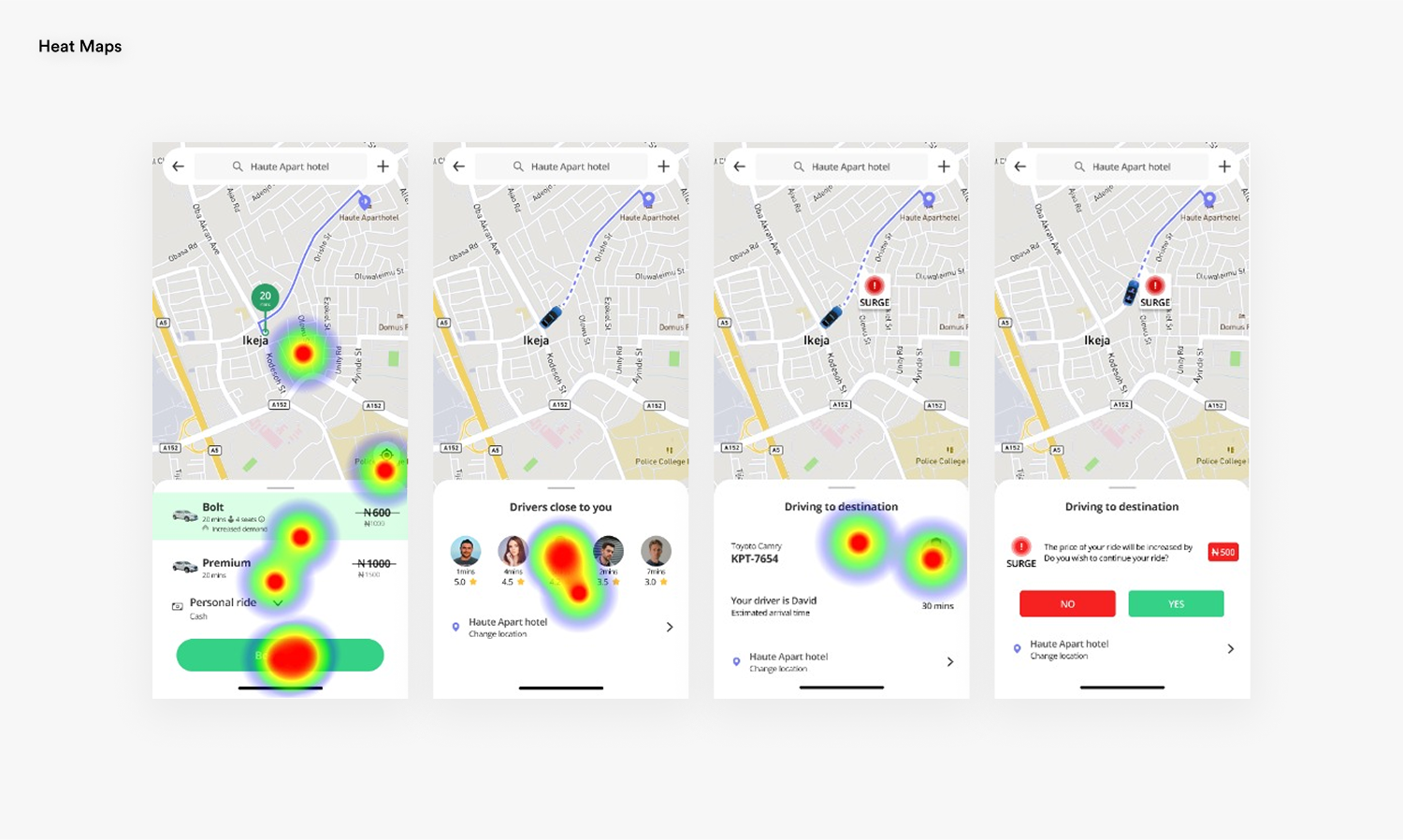
Heat Maps
Changes Made After Usability Testing
Users expressed concerns regarding the excessive use
of red in the screens, which was found to be
visually overwhelming. To address this, I aligned
the color scheme with the brand’s color palette,
ensuring a more cohesive and less jarring user
experience.
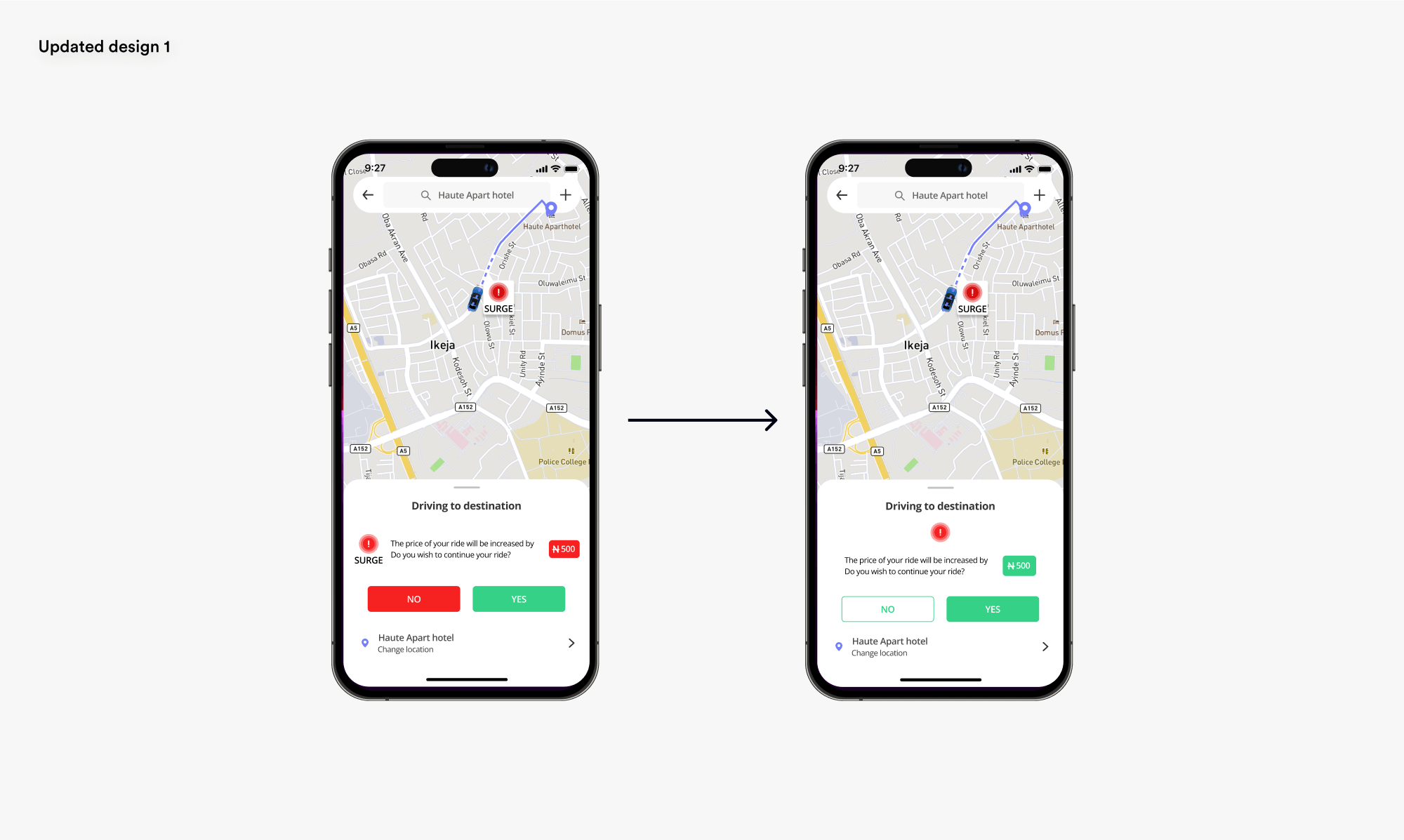
Updated design 1
Users suggested adding driver names alongside their
photos for easier identification, particularly for
those who wish to avoid drivers they’ve had negative
experiences with. This adjustment improves the
ability to recognize and select preferred drivers.
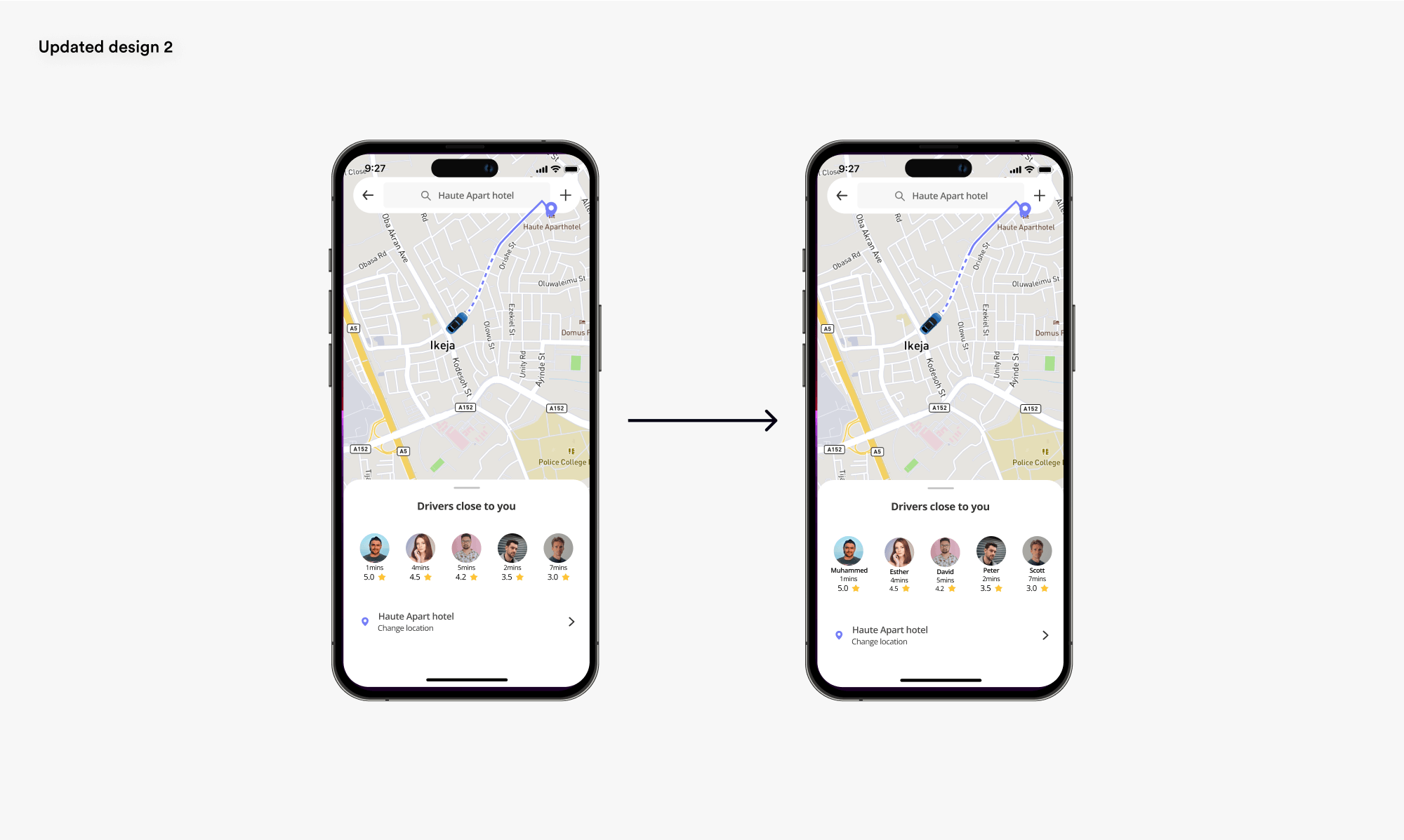
Updated design 2
Summary
I initially assumed that users primarily choose Bolt for
its affordability and access to remote areas. However,
my research, especially within Nigeria, revealed that
many users prioritize comfort when selecting mobility
services. They are willing to pay more for the
experience of having greater control over their ride
Next Project